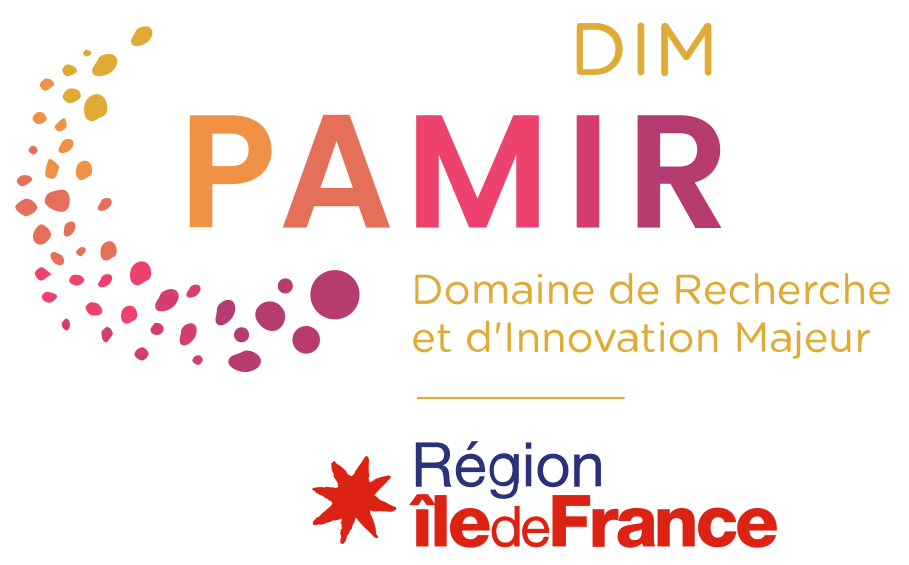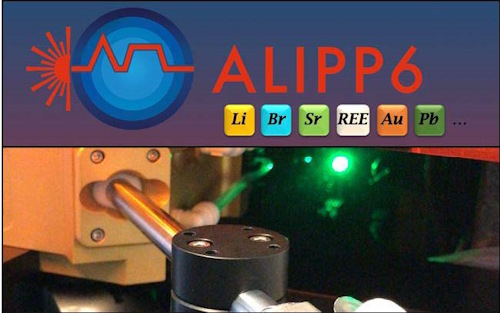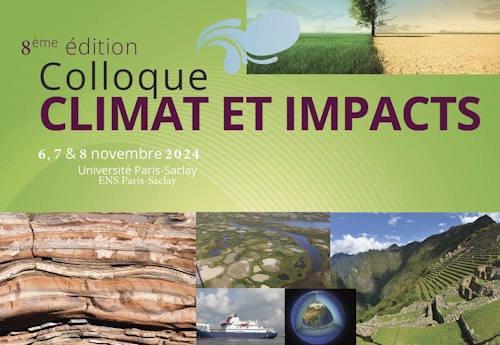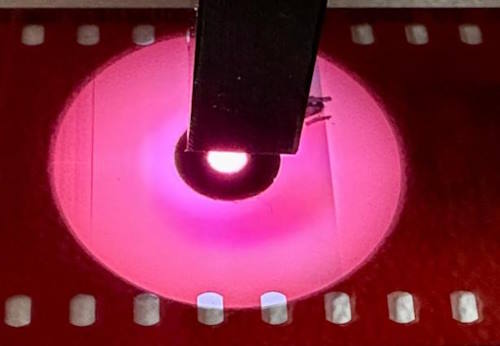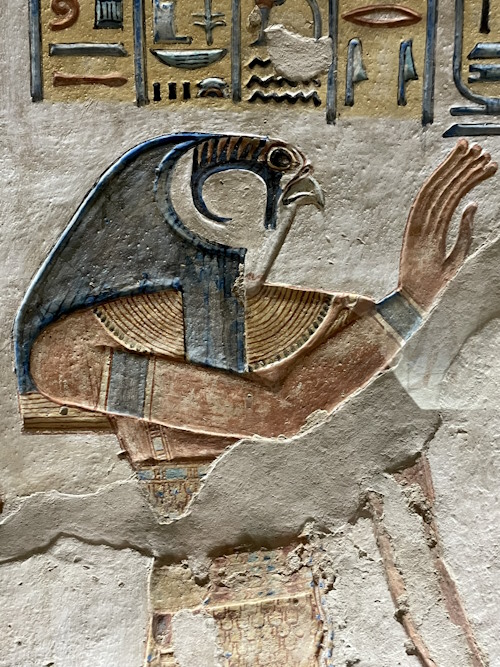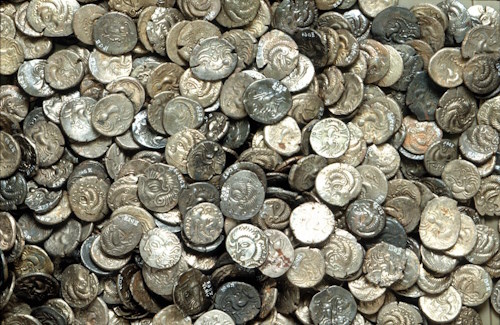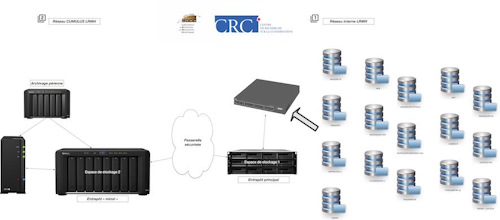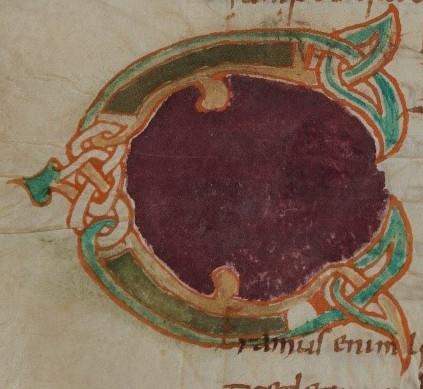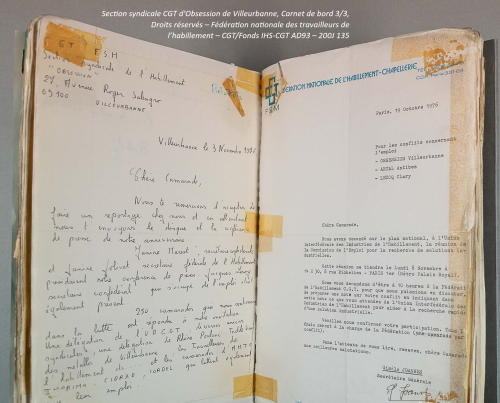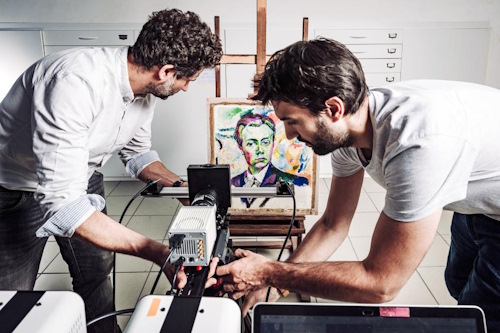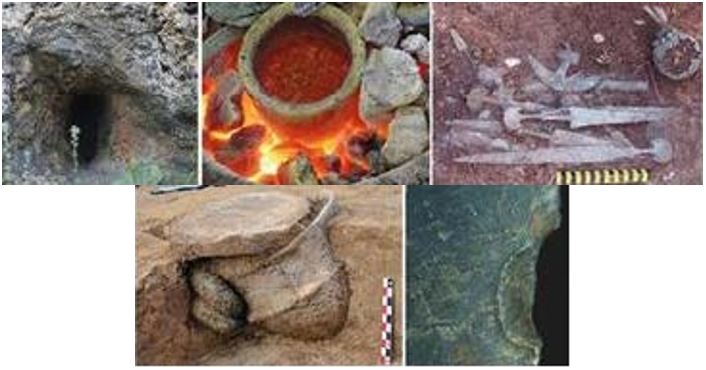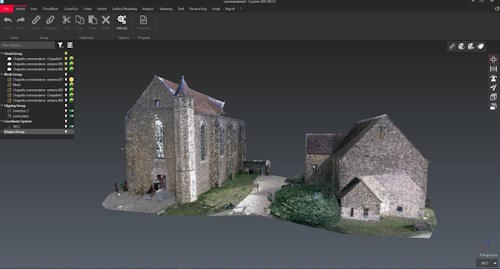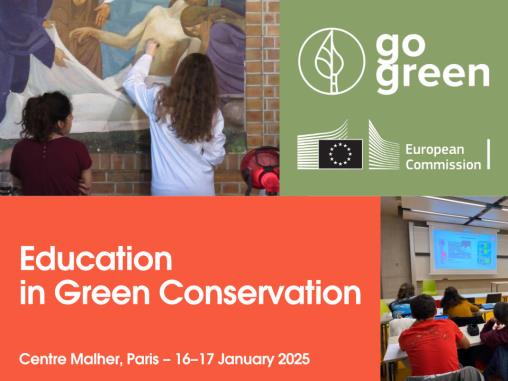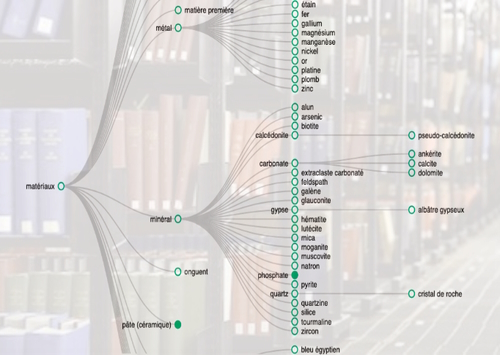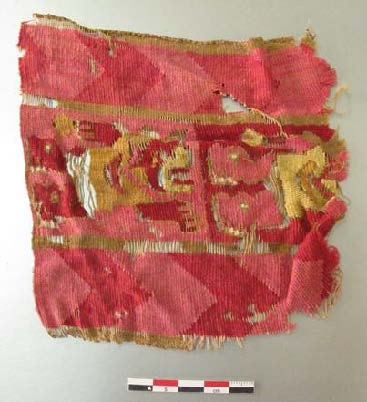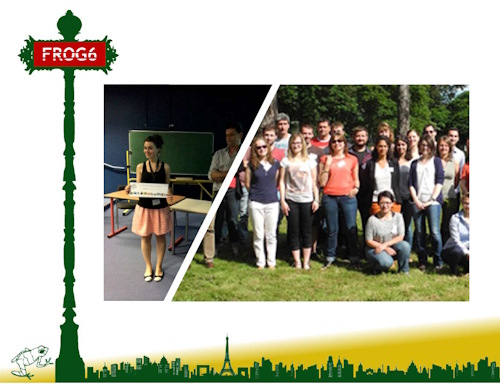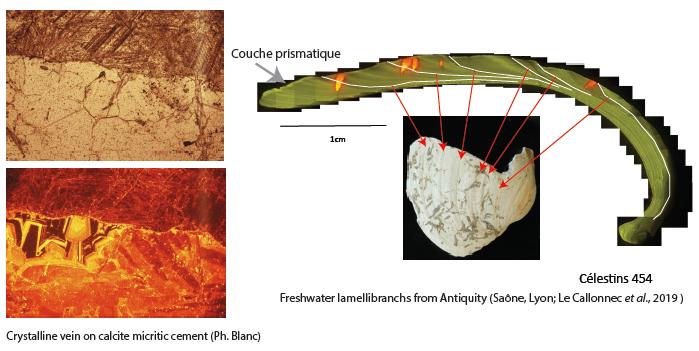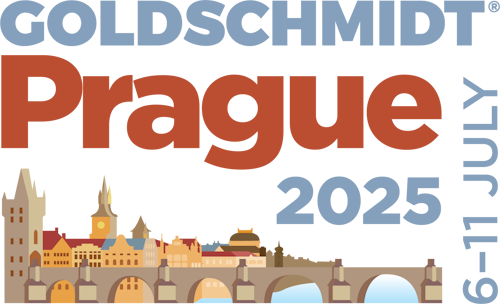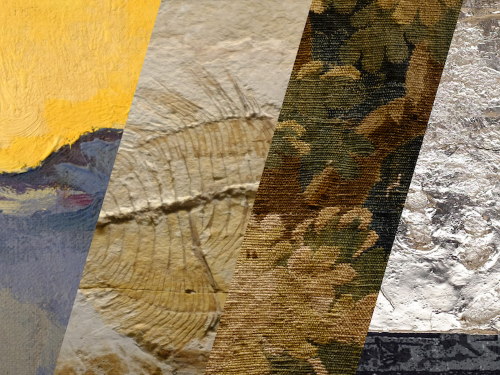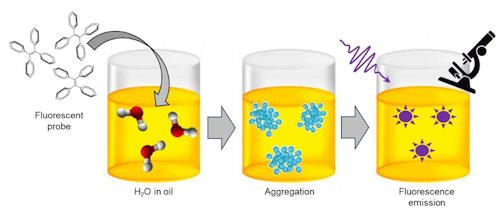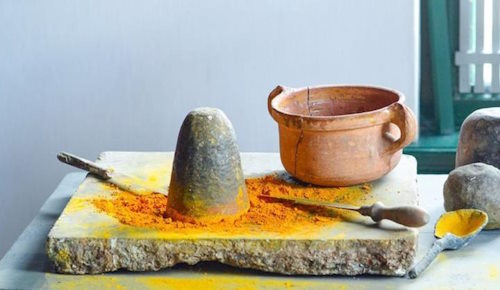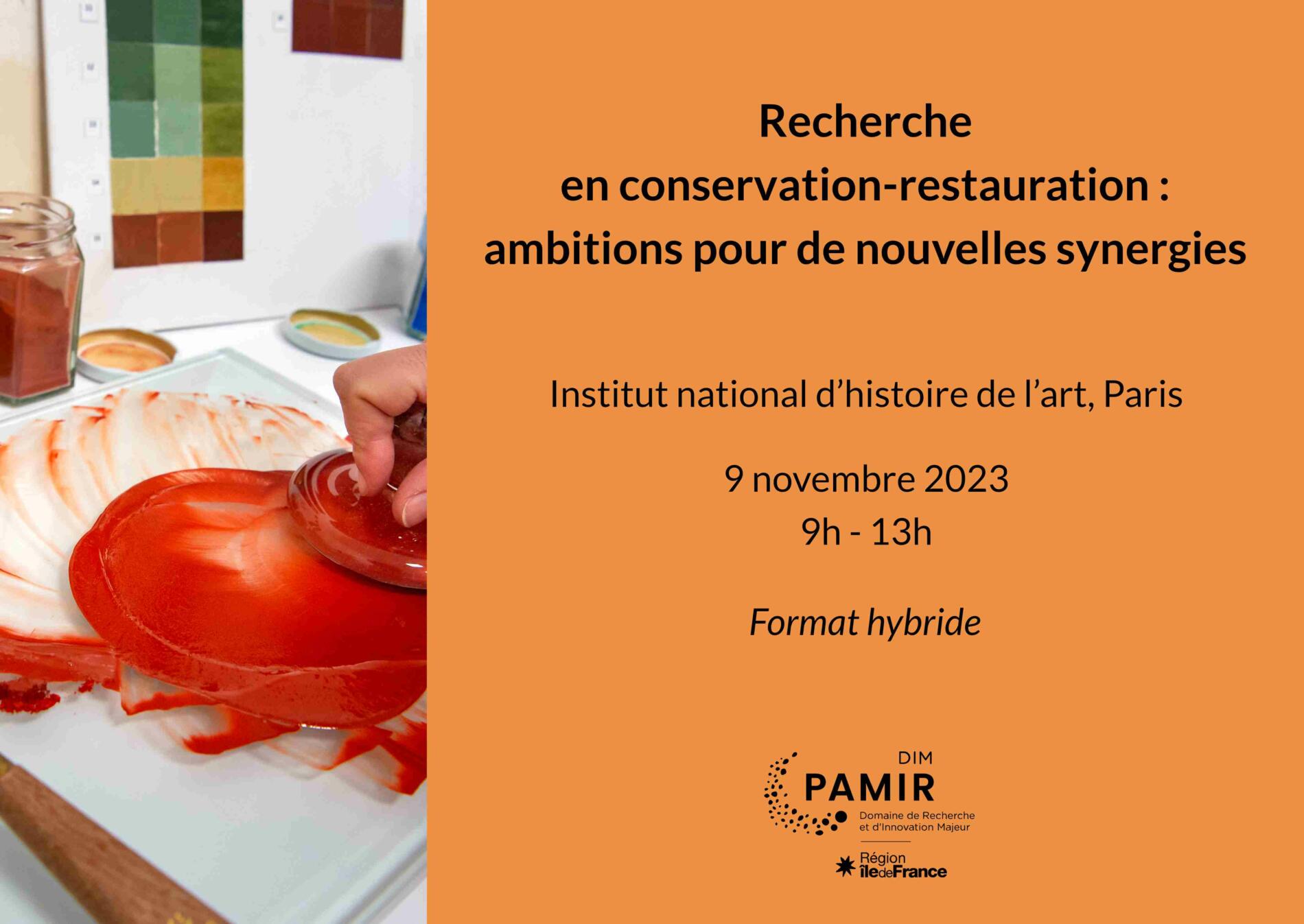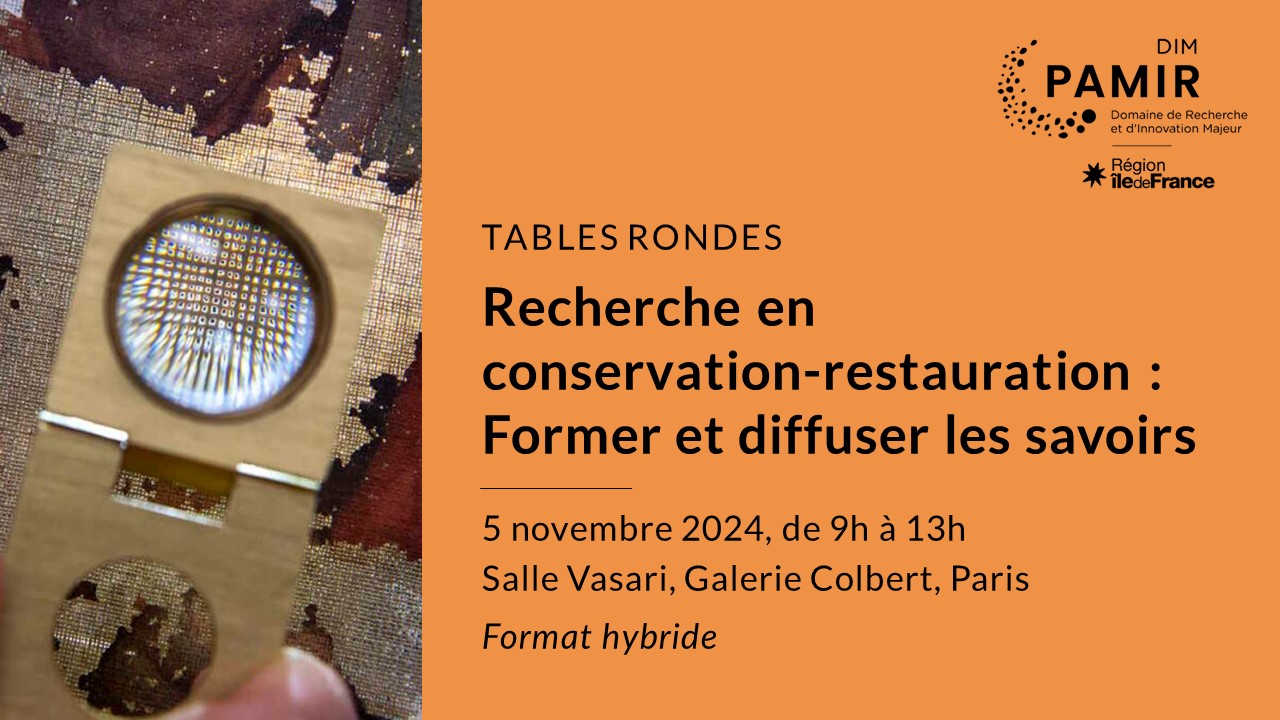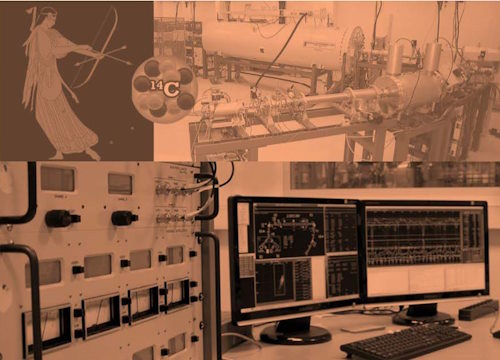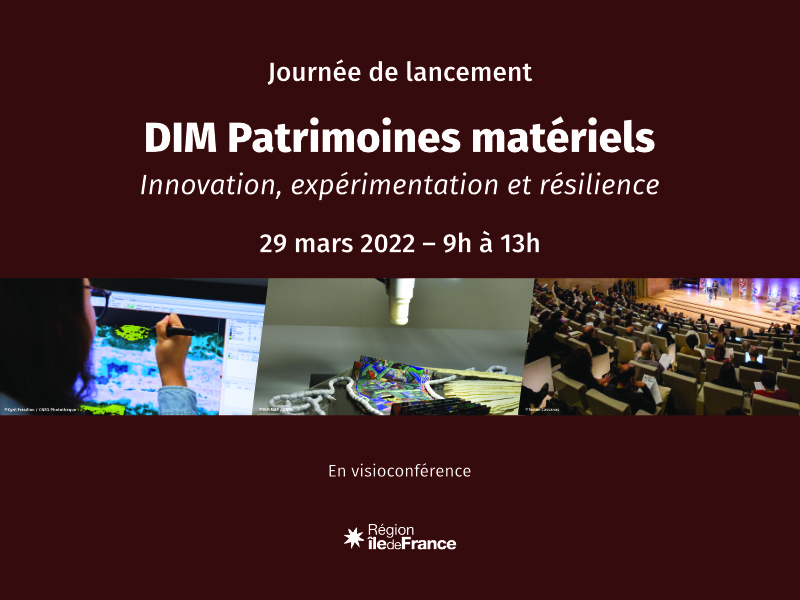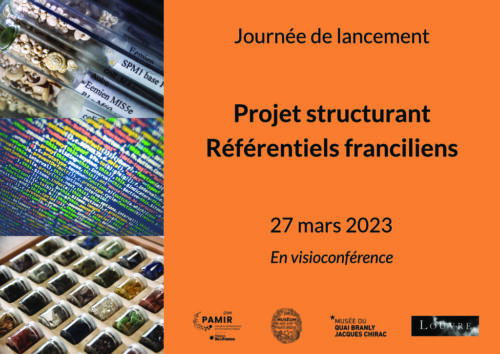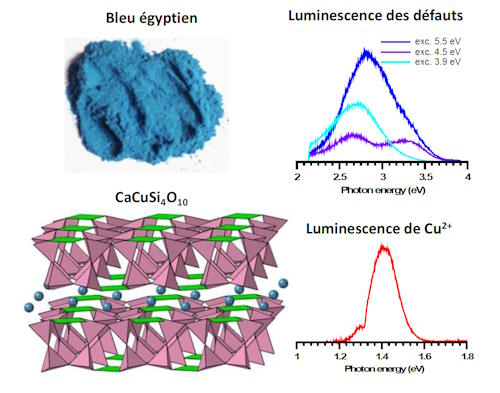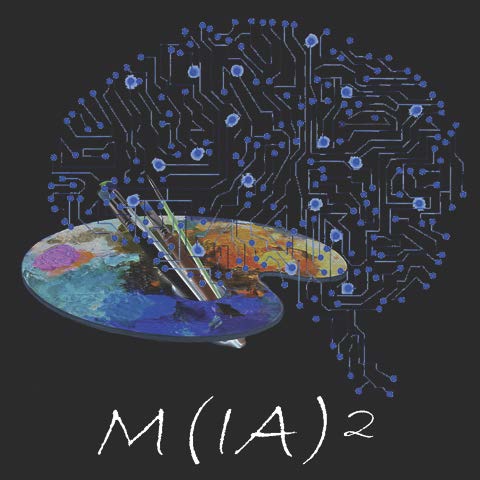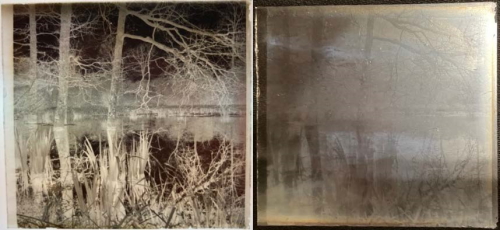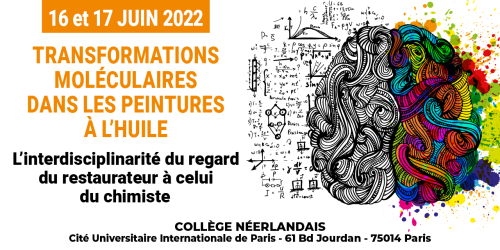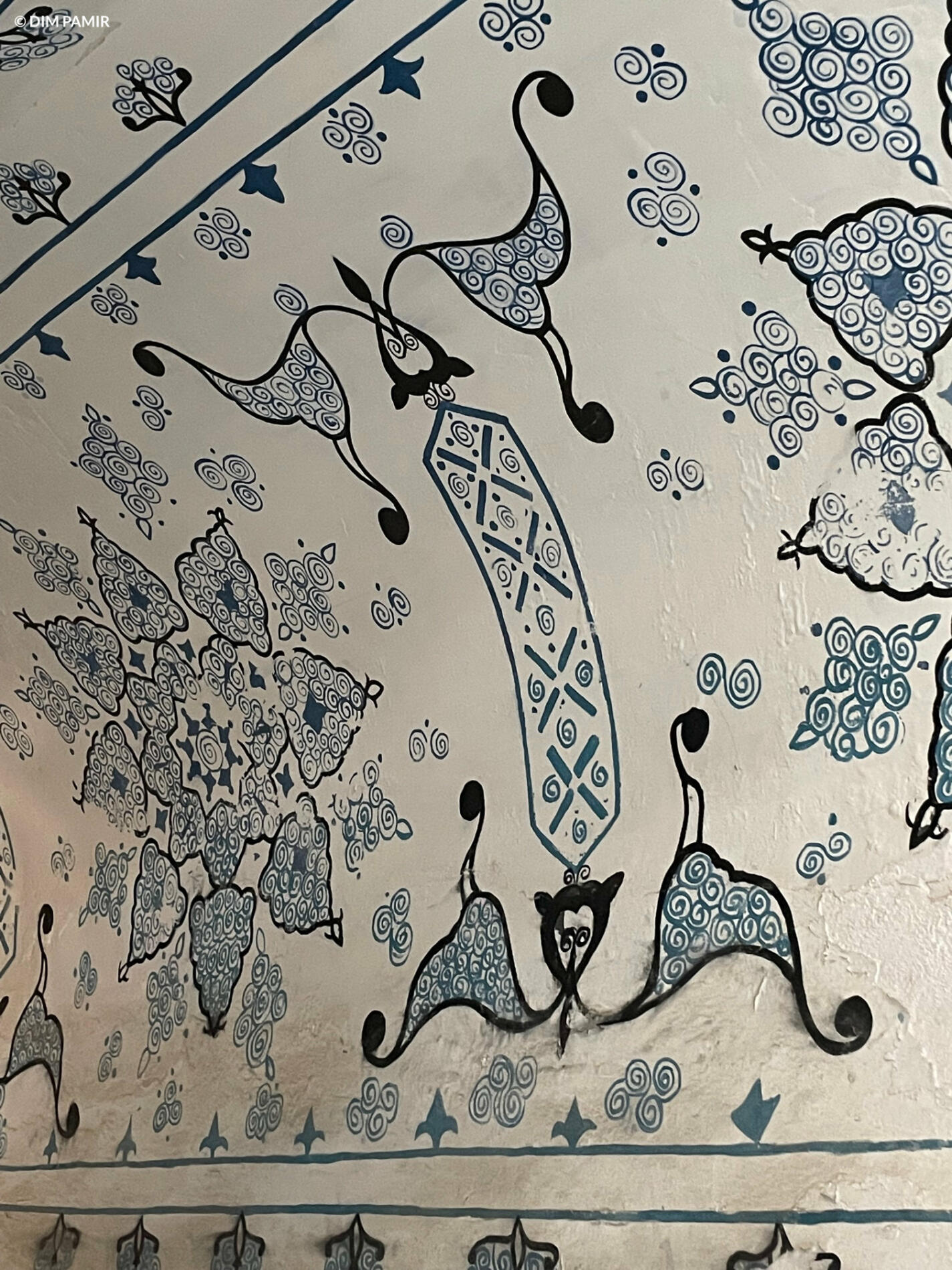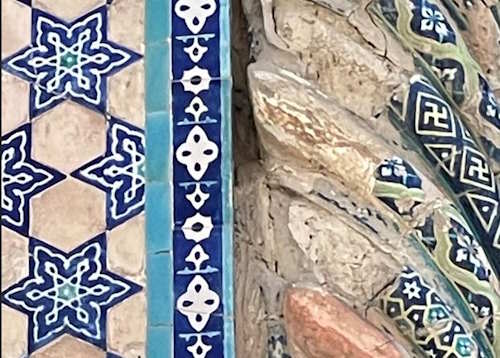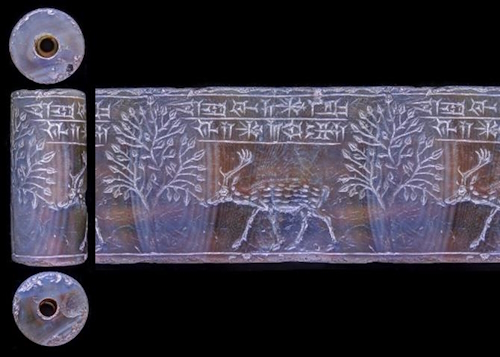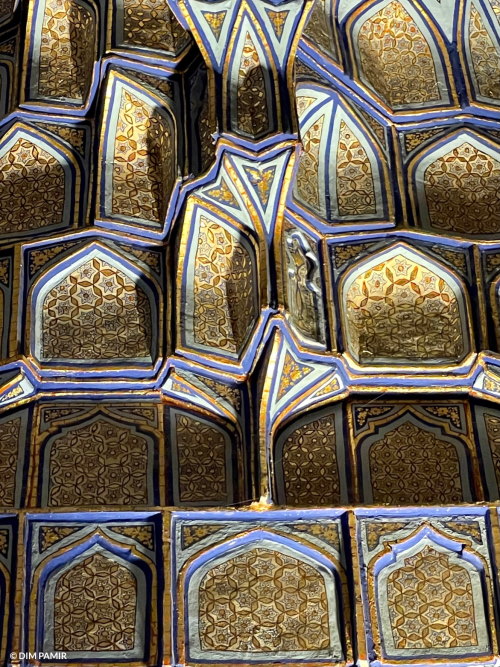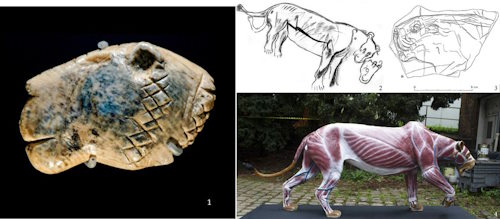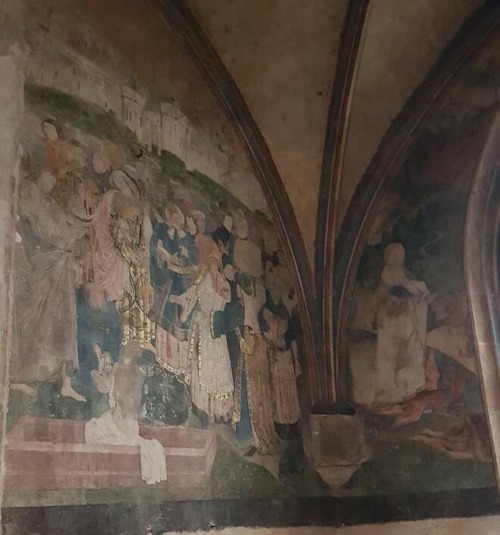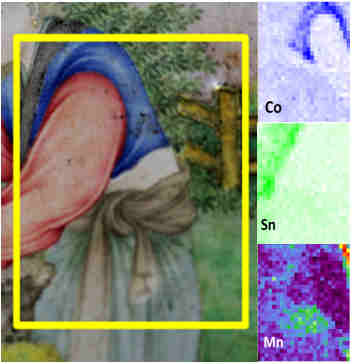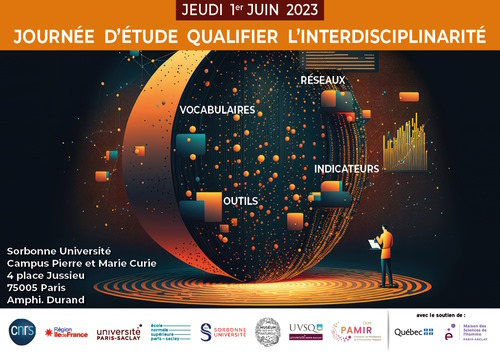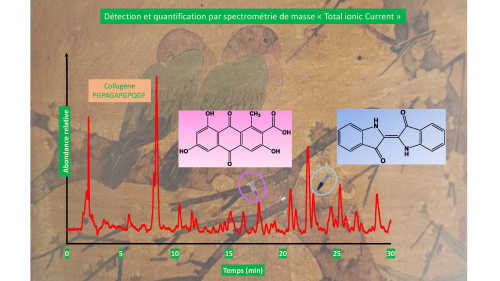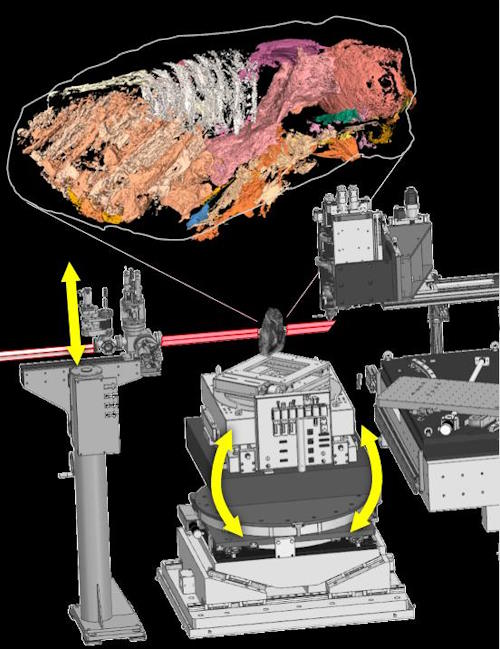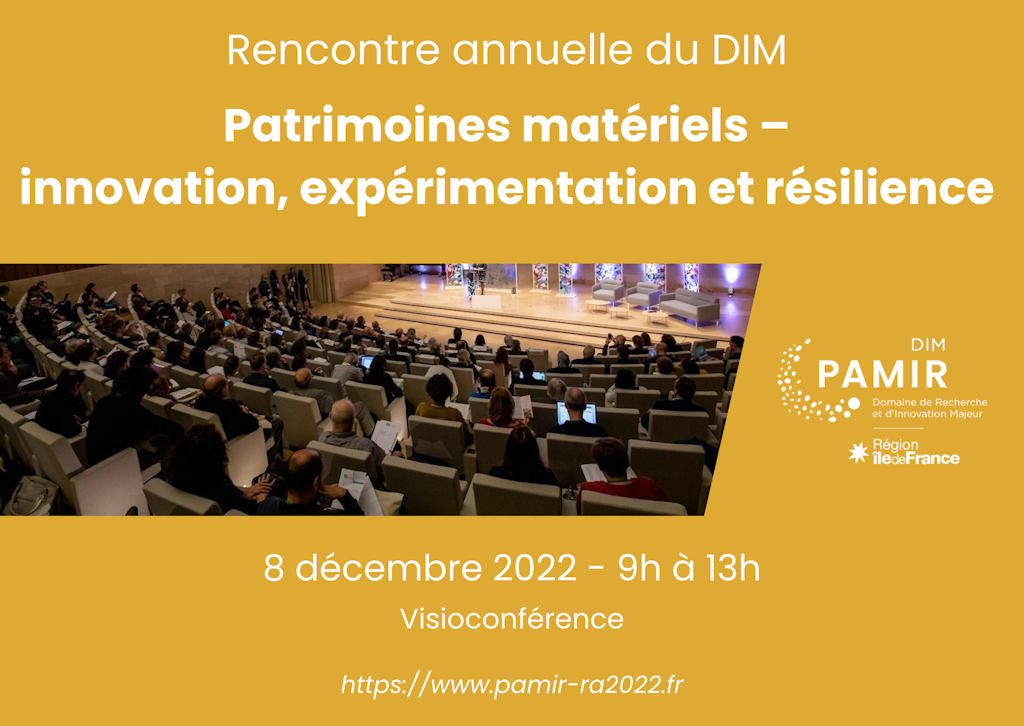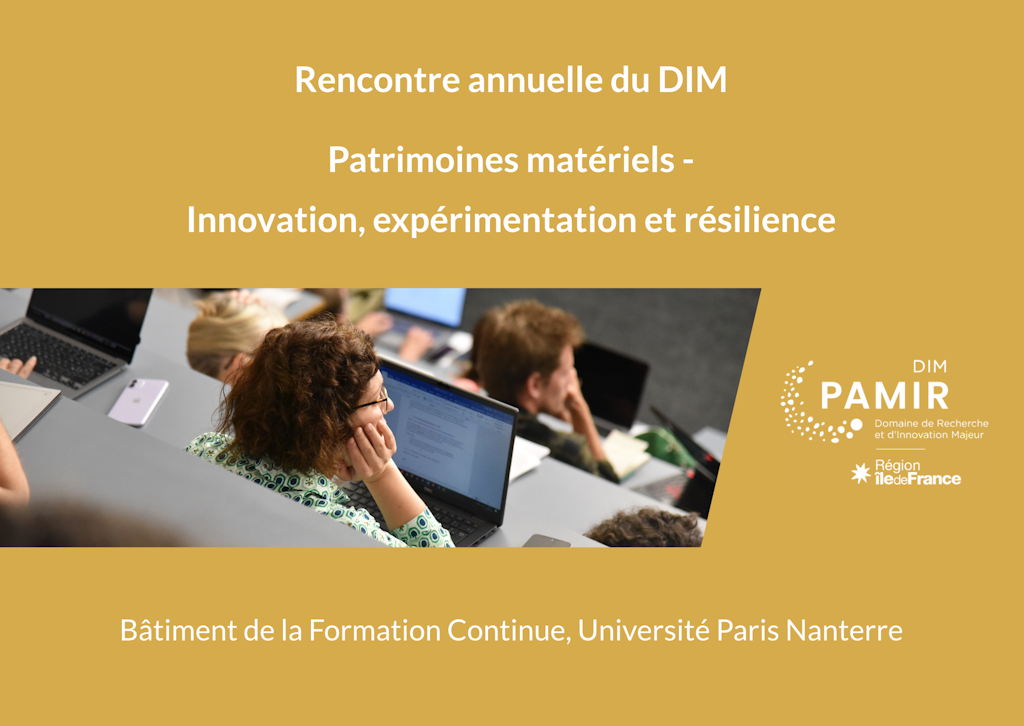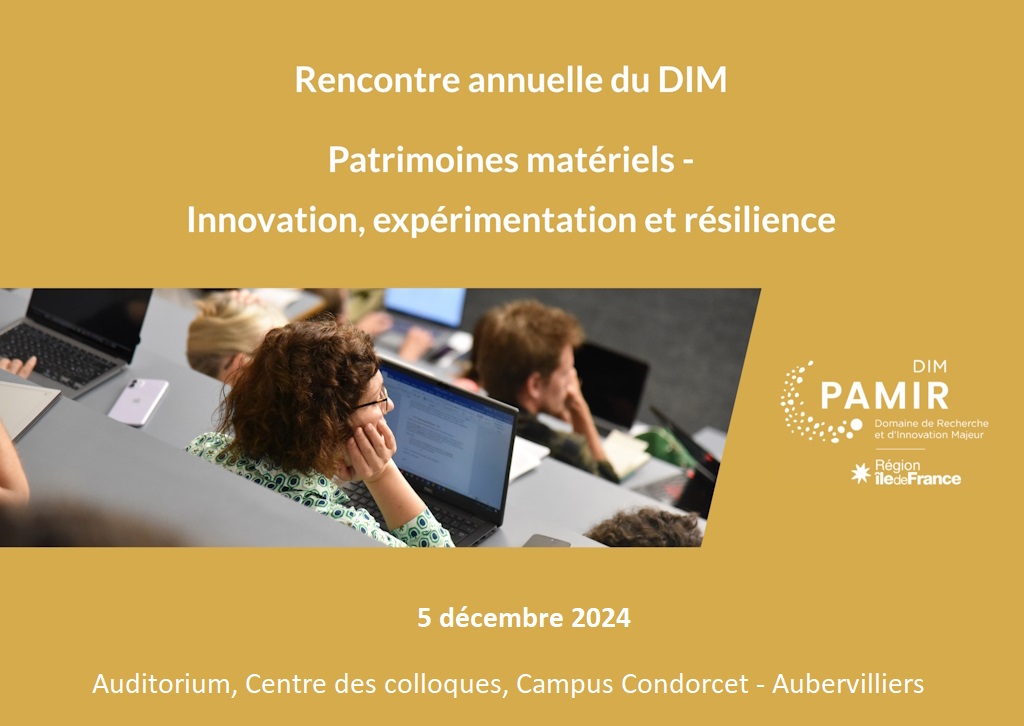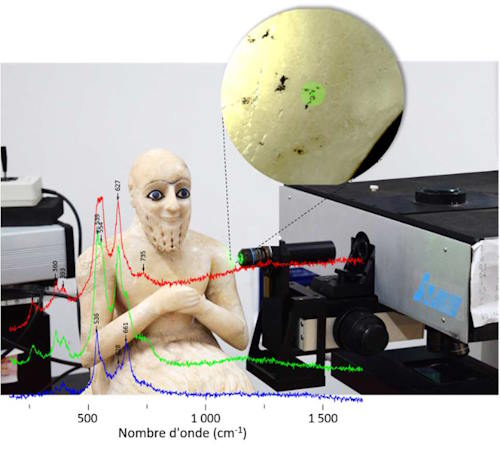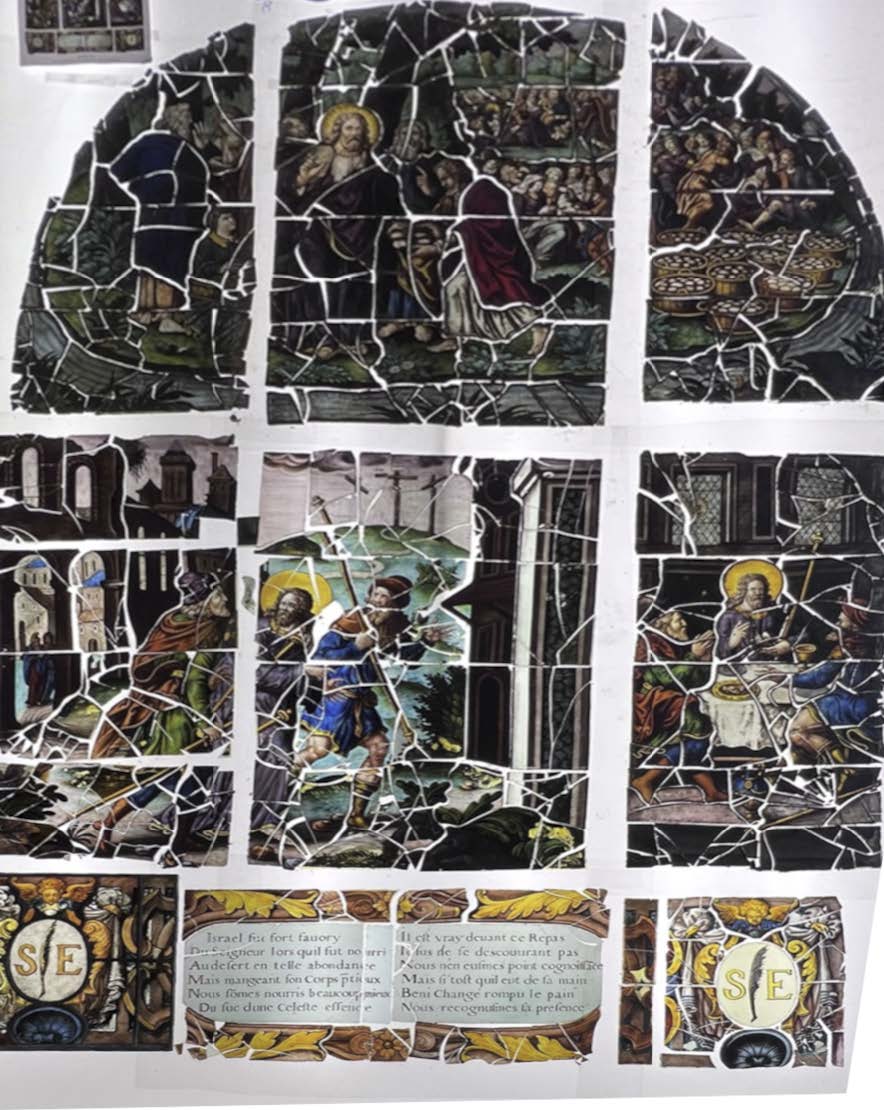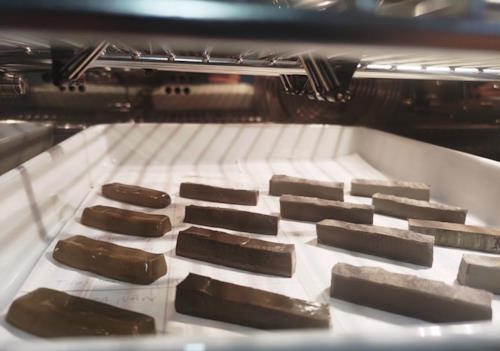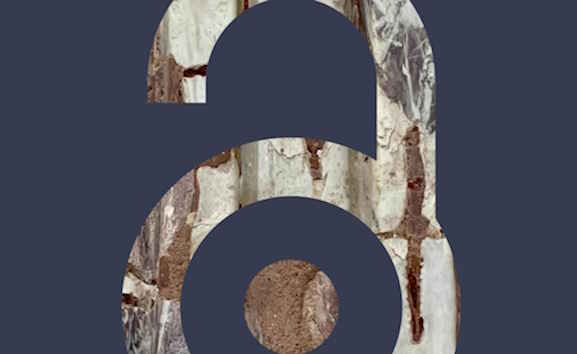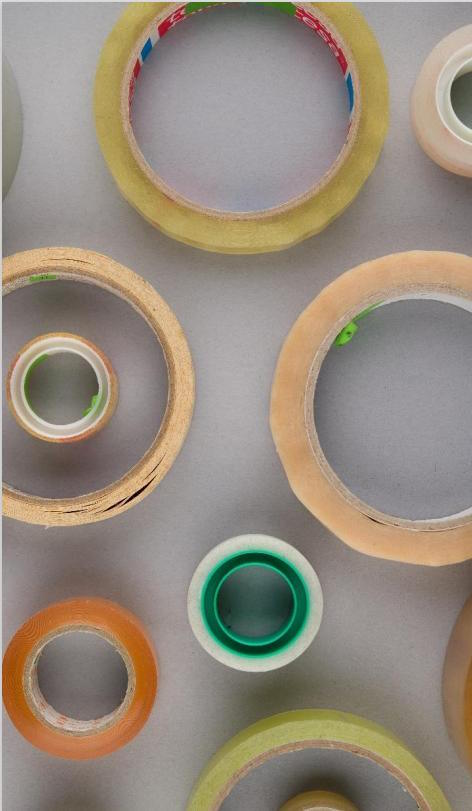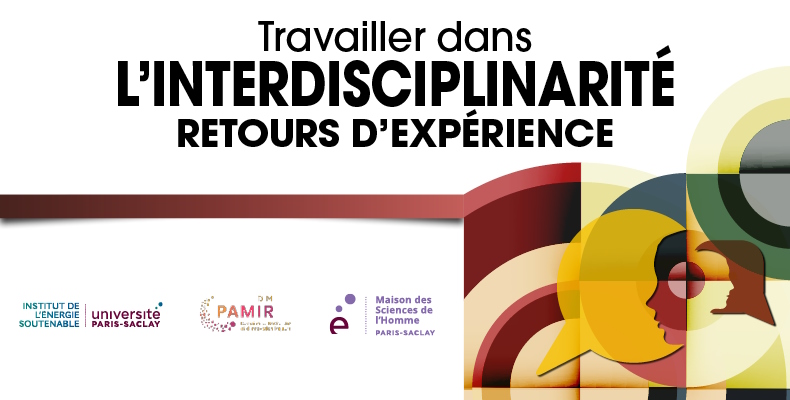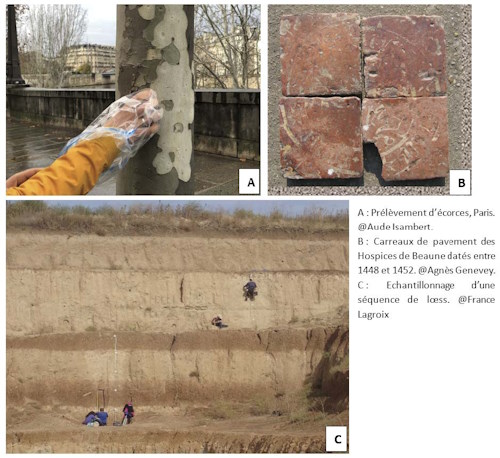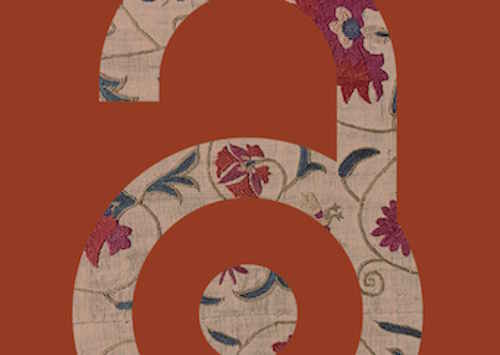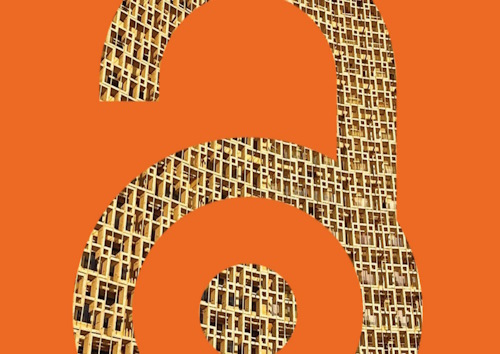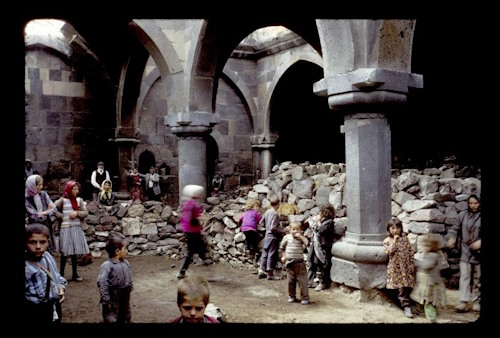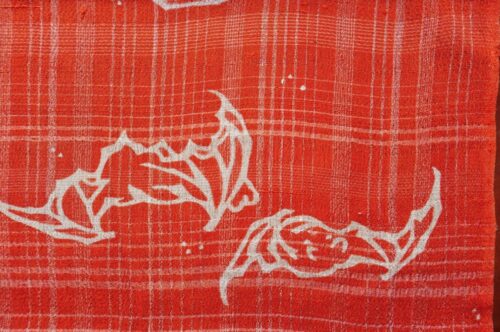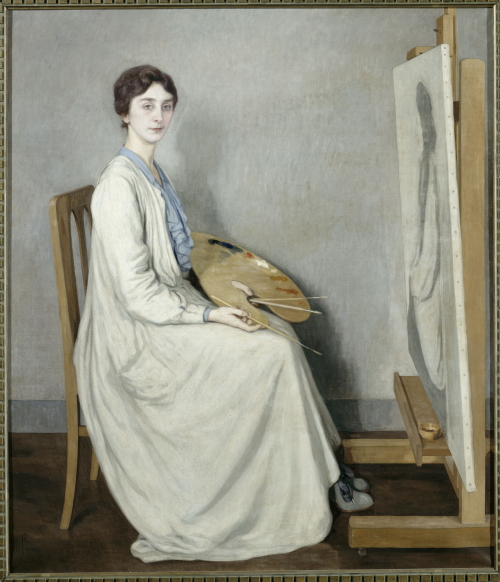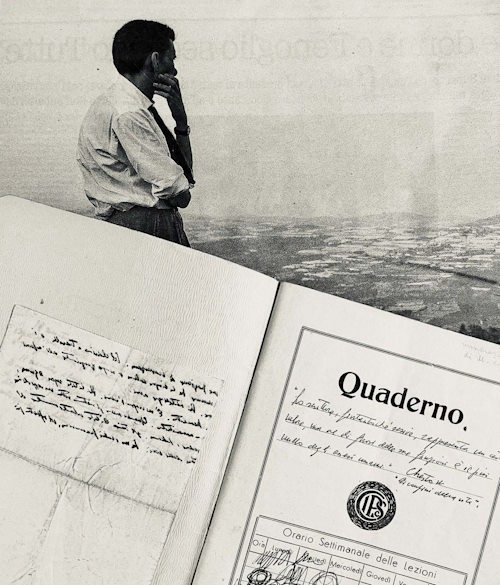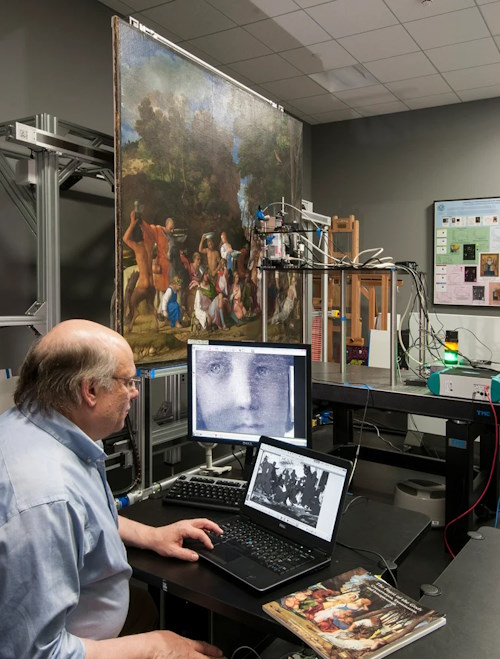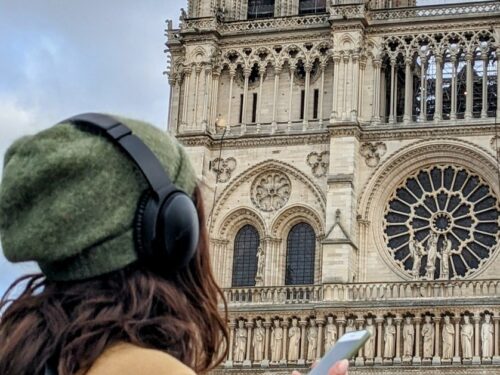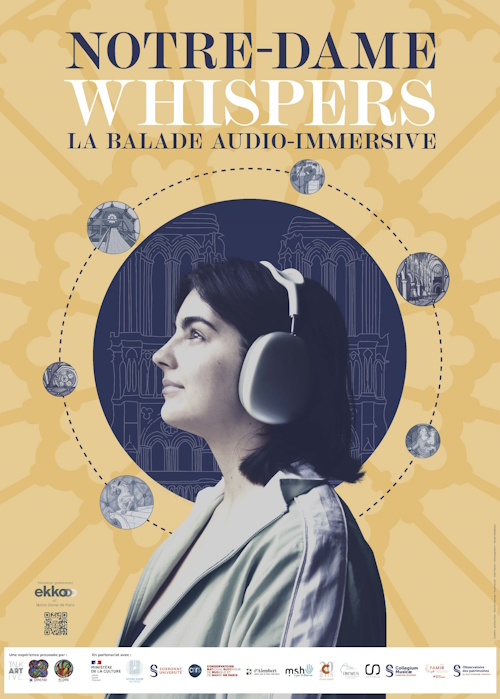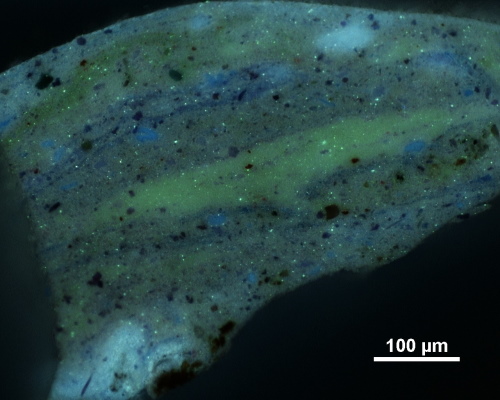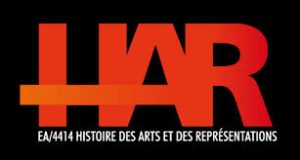
Artists’ materials: the making of art
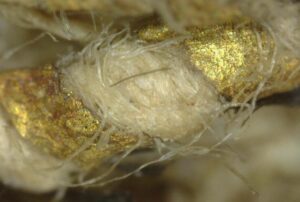
Thanks to recent material turned into art history, the historicity of the material of works of art is asserting itself as a field of investigation shared by historians, art historians, science historians, scientists and specialists in heritage objects (curators, restorers, experts). Such a multidisciplinary approach combines experiments and physico-chemical characterization of materials with intangible knowledge, historical sources, archives and oral tradition. The DIM is interested in the importance of materials in the process of artistic creation by crossing technical, historical and anthropological approaches. The scientific analyses carried out in the laboratory on works of art allow us to reconsider the making of art and its future, through the study of materials, their properties, and the tools and techniques of implementation.
The project is interested in the material history of the works, linked to the hazards of their social life and their journey, their reception and understanding, and the environment to which they have been subjected. The work of art that reaches us today is a true archive on the socio-economic and cultural environment that produced it and its evolution over time – an archive that we must decipher. The joint study of the artists’ materials and the materiality of the works then informs on the know-how and artistic practices: exchanges and transmission of knowledge within the workshops, but also circulation of ideas and techniques.
The DIM also raises questions about the digital representations of works – which have been imposed during the health crisis – that is to say, the issues associated with the restitution of the materiality of a work through its representations, but also with the new forms now available: immersive experiences, “reconstruction” of the work as it was at the time of its conception, accessibility of disappeared works, etc. Finally, this reflection is placed in relation to contemporary creative processes and their attention to materiality, so as to look back on the making of a living art, projected towards the future.
